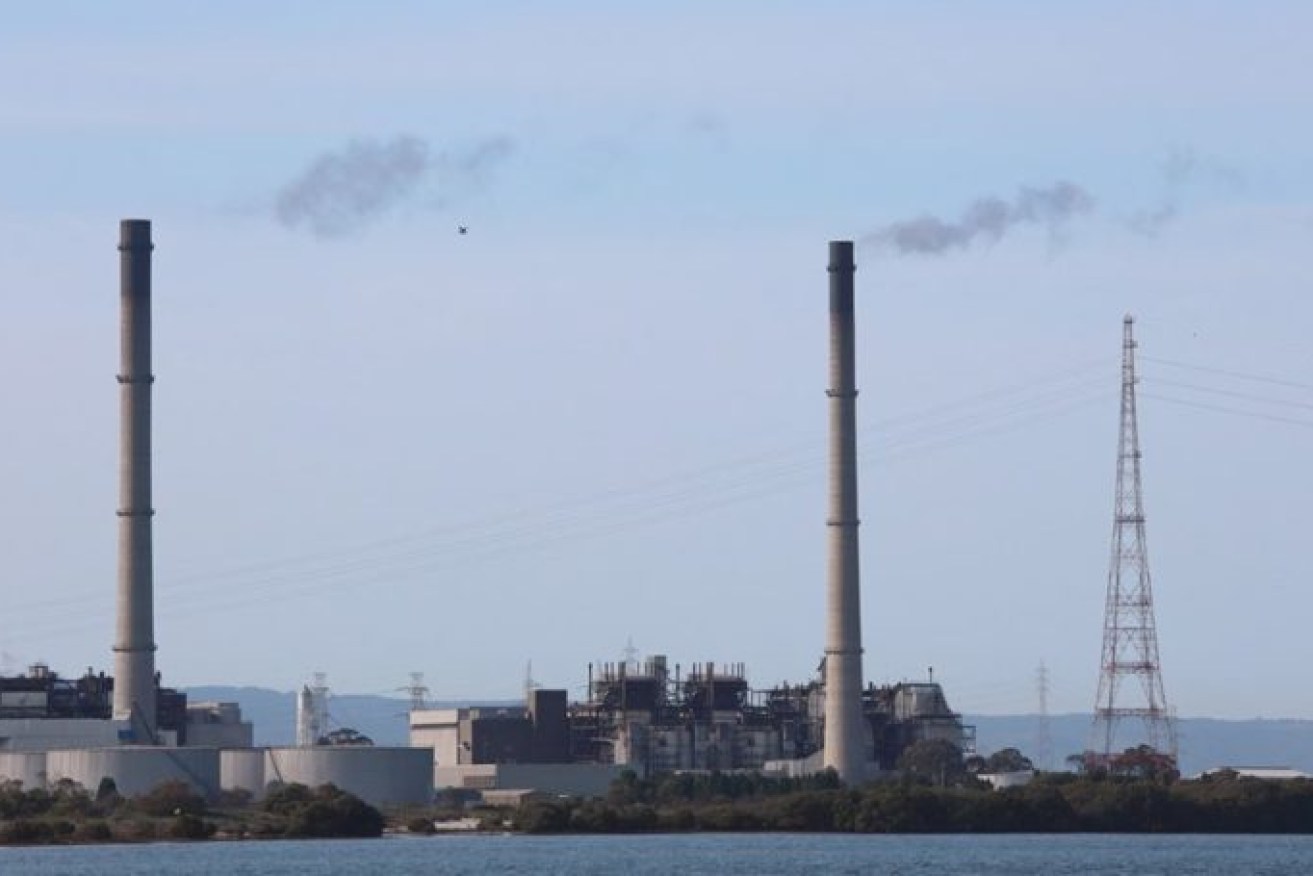Wind takes off as AGL gas-fired production wanes
Energy provider AGL has produced more electricity from wind generation in South Australia than gas for the first time, as it scales back production at its Torrens Island power plant.


Photo: Tony Lewis/InDaily
The company announced a first-half profit of $555 million this morning, a huge turnaround on its loss of more than $2 billion in 2020-21.
AGL also announced it had begun construction of its 250MW grid-scale battery at Torrens Island, which is the first in its planned 850MW storage network.
It is planning to repurpose the Torrens Island site near Port Adelaide into a low carbon “integrated Industrial Energy Hub” as part of its plan to reduce its carbon emissions by 50 per cent by 2030.
The balance shift from gas to wind in the six months to December 31 follows the mothballing of the first of four gas-fired 200MW ‘B’units at Torrens Island in October.
The last of four ‘A’ units at Torrens Island was mothballed in September.
AGL continues to operate the remaining three 200MW B units, along with the adjacent Barker Inlet power station.
The closures resulted in gas production at the state’s last remaining baseload power generation site reducing by 35 per cent on the six months to December 31, 2020.
Production at Barker Inlet plant also fell by 39 per cent to 124GWh.
AGL’s 351MW Hallett wind farm produced more electricity than its Torrens Island power plant for the first time.
The Hallett wind farm in the state’s Mid North sent out 530GWh compared to 528GWh at Torrens Island.
The company’s Wattle Point wind farm near Edithburgh on Yorke Peninsula sent out 142GWh.
Despite the change in the balance between wind and gas generation from South Australia, AGL’s wind output from SA was down 5 per cent on H1 2020-21.
AGL Energy Managing Director and CEO, Graeme Hunt, said the overall result reflected a solid first-half performance by the business.
“Despite challenging operating conditions and lower system demand as a result of the impact of COVID-19, milder weather and household solar penetration, our energy supply portfolio delivered resilient generation output,” he said in a statement to shareholders this morning.
“Our investments in making the thermal generation assets more flexible and responsive to market signals assists in capturing value and to provide reliable electricity in increasingly volatile periods of demand.
“Continuing our focus on developing flexible and reliable generation assets, we are progressing well with our investments in battery projects, with the construction of the Torrens battery underway and planning approval received for the Loy Yang battery.”
Electricity sales volumes to South Australian consumers were down 6 per cent to 1012GWh but this was offset by7 a 14 per cent increase in sales to large business in the state to 610GWh.
Gas sales in SA were steady.
AGL plans to split into two listed entities – energy retailer AGL Australia and electricity generator Accel Energy – by June 30.
The two entities have now been assigned emissions reductions targets, putting them on course to reach net-zero in coming decades.
Under the climate goals, Accel Energy will bring forward its coal closure date for Victoria’s Loy Yang A to 2045, from 2048.
It will also close the Bayswater power station in the NSW Hunter region by 2033, from 2035 previously.
The Torrens Island gas-fired power plant is slated for closure in 2035.
AGL’s shares were up slightly following this morning’s announcement to $7.61, well up on its price of $6.14 at the start of the year.
– with AAP




